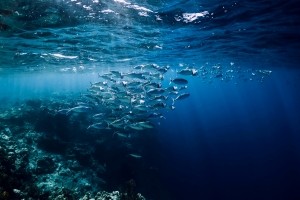 Aquaculture Science and Management is calling for submissions to our Collection on 'Aquaculture Interstices: Where Biofloc Dynamics, Microbes, Nutrition and Health Converge'. We invite researchers to submit their work to this Collection, which will showcase research including but not limited to the following topics:
Aquaculture Science and Management is calling for submissions to our Collection on 'Aquaculture Interstices: Where Biofloc Dynamics, Microbes, Nutrition and Health Converge'. We invite researchers to submit their work to this Collection, which will showcase research including but not limited to the following topics:
- Precision aquaculture technologies for real-time monitoring and management of stocking density
- Novel antioxidant sources to enhance the resilience of aquaculture species to environmental stressors
- Interrelationships between biotloc dynamics, microbial communities, and fatty acid profiles in aquaculture systems
The relationship between stocking density, biofloc dynamics, microbial communities, antioxidants, and fatty acids in aquaculture systems is crucial for sustainable aquaculture practices. Understanding these interrelated factors is essential for optimizing aquaculture production, ensuring animal welfare, and minimizing environmental impact. Significant advances have already been made in this field, including the development of innovative aquaculture management strategies to optimize stocking density and minimize stress on aquatic species. Research has also shed light on the complex interactions within microbial communities in aquaculture systems, leading to improved disease management and water quality. Additionally, studies have highlighted the role of antioxidants and fatty acids in enhancing the health and nutritional quality of aquaculture products.
Continued research in this area holds great promise for future advances. Potential areas of exploration include the development of precision aquaculture technologies to monitor and manage stocking density in real time, as well as the exploration of novel antioxidant sources to enhance the resilience of aquaculture species to environmental stressors. Furthermore, further understanding of the intricate relationships between biofloc dynamics, microbial communities, and fatty acid profiles can lead to the development of more sustainable and efficient aquaculture systems.

